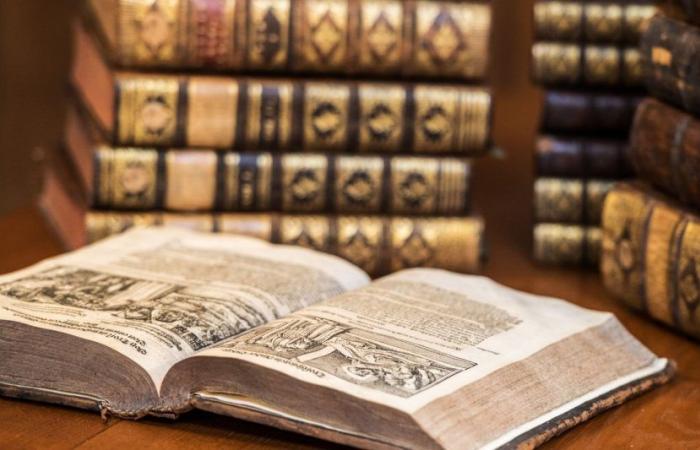Aeneas has developed a diagnostic protocol which allows you to quickly and non-invasively evaluate the state of conservation of ancient books and the effectiveness of the cleaning treatments used by restorers to prevent or slow down the process of aging and deterioration. “Our methodology involves the use of two non-destructive and non-invasive techniquesthe spectrometry Raman and the optical microscopywhich, without any sampling of material, allow us to obtain information on the morphological and compositional characteristics of paper, which is one of the most widespread and fragile materials of historical and documentary interest”, explains Sabina Botti, researcher of Enea Micro Laboratory and nanostructures for photonicsfirst author of the study published on ‘Molecules’ magazine and conducted together with my laboratory colleague Francesca Bonfigli and colleagues Luca Mezi and Francesco Flora of the Plasma Applications and Interdisciplinary Experiments Laboratory at the Enea Research Center in Frascati. “For slow down the deterioration of paper and restore the quality of the book heritage – underlines Sabina Botti – various cleaning treatments have been developed that allow the removal of external contaminants and oxidation and decomposition products of the paper. The problem is that not all of them preserve the unique characteristics of the ancient asset over time.”
“To study the “healthy” state of the paper before and after the treatment – underlines the researcher Enea – we used Raman spectroscopy on paper samples dating back to the end of the 19th century, a very effective analysis technique which uses ‘light’ to study the chemical composition of materials. It proved to be a suitable tool for defining the type of degradation but also for evaluating the effectiveness of cleaning treatments”. In particular, Enea researchers used this diagnostic protocol to study the effect of different green cleaning processes which are based on the application of non-aggressive and non-toxic chemical substances (hydrogels), or on direct irradiation treatments and without pre-treatment of the samples, using radiation in the extreme ultraviolet (Euv) spectral range and combined hydrogel-UV radiation treatments. “Among the different treatments analysed, we found that the hydrogel has a good cleaning action: once applied to the paper, it is able to capture and remove degradation products and contaminants that may be present on it, such as starch , gum arabic, animal glues and gelatin. The EUV irradiation, in addition to a cleaning action also of fungal species, produces an increase in the crystallinity index of the paper, i.e. a consolidation of the irradiated paper sample and a greater capacity for resistance to oxidation and aging processes” , explains Sabina Botti. Cellulose is the main constituent of paper and is a stable material, but over time it undergoes natural degradation which depends on various intrinsic factors of the paper (raw materials, production methods, the possible presence of added substances), as well as by the nature of the materials used (inks, pigments, binders) and by the storage conditions (presence of pathogenic organisms, air pollutants, exposure to light, incompatible temperature and humidity).






